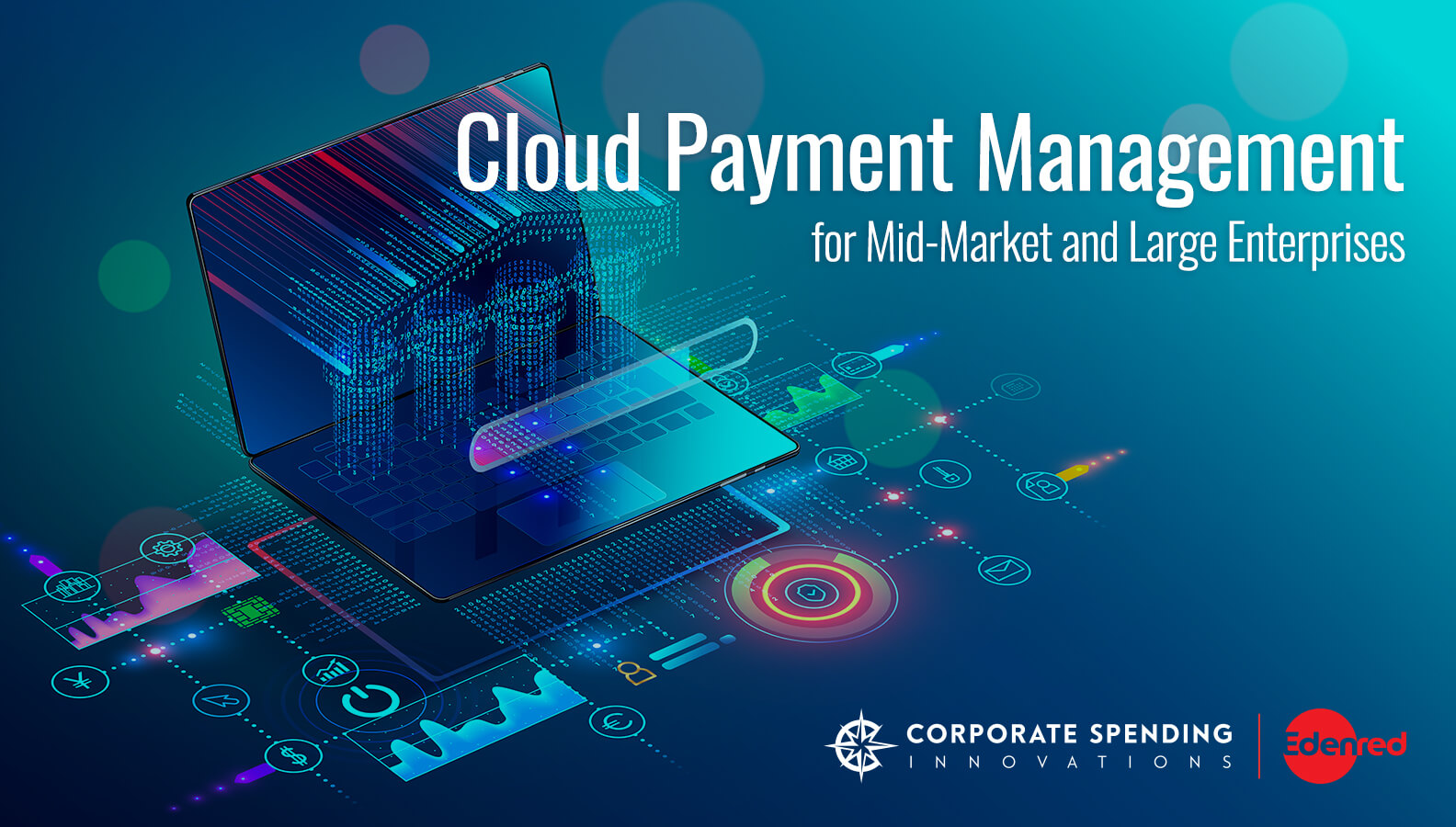Keep the Board of Directors and C-Suite Smiling
For 2020, the messaging from Boards of Directors and the C-Suite may vary, but in general, the expected deliverables are to ‘grow revenue and increase profitability’. Related to technology management, and more specifically cloud infrastructure and applications, well-defined strategies, clear objectives, and measured outcomes are required. According to IDC, by 2022 the annual growth rate of cloud spend is expected to reach 22.5% (IDC Worldwide Public Cloud Services Spending Guide).
For mid-market corporations and large enterprises, digital transformation of business capabilities has become a key to growth and cloud Infrastructure-as-a-Service (IaaS) is increasingly the underlying way to turn that key for driving operational efficiency and greater business value.
The variable cost model inherent with cloud and hybrid-cloud solutions, primarily provided by Amazon Web Services, MS Azure and Google Cloud, deliver many advantages, yet need to be actively and effectively managed to maintain alignment with and rationalization of business unit operating models, forecasts and budgets. To paraphrase Peter Drucker, “…if it’s not measured, it’s not managed…”.
Corporate directives will define the cloud structure:
- Single Provider: AWS, Azure or Google
- Multi-cloud: Combination of AWS, Azure or Google
- Hybrid: Company premise-based infrastructure and AWS or Azure or Google
Regardless of the structure used, this cost becomes an enterprise shared service, business units and internal stakeholders should be given consumption visibility and accountability with cost allocation detail, as well as expectations for effective management of these services, including forecasting and ongoing financial planning. A recommended extension of prudent financial management is the automation and monetization of payments for cloud services and cloud-delivered Software-as-a-Service (SaaS) applications.
Measuring, reporting and aligning on cloud spend, given its complexity and continued pace of growth, can easily run afoul of corporate and departmental objectives and budgets which can start in seemingly insignificant ways.
For example, DevOps teams ‘spinning-up’ instances for a project and those instances remain in active billing for X cycles following project completion.
Another example is not aligning, wherever possible, virtual machine usage/run-time to the associated time-of-day utilization schedules, i.e. actively keeping virtual machines on when they are in use and off when they are not in use.
Process automation, including monetization of cloud services and cloud-based applications, improves the overall value proposition. How are payments monetized? For Corporate Spending Innovations (CSI), customer’s invoices are captured, parsed, and moved into the ‘system of record’ for validation, approval, and payment. At that point, an Application Programming Interface (API) or Secure File Transfer Protocol (SFTP) push moves the payment data to CSI Paysystems, which decisions and executes these payments for each Supplier and then returns the confirmation/reconciliation data back to the system of record. This creates a new monthly revenue stream from all virtual card payments and turns business unit cost centers into profit centers.
Forrester survey of Top Business Priorities for 2020 had 89% of respondents listing “Reduce Costs”. While reducing costs is a fine objective, within a growing cost category such as Cloud Services, that may be easier said than done. For Cloud Services and SaaS applications, prudent initial steps are to visualize, rationalize, optimize and monetize in this spend category. Ancillary benefits include delivery of actionable insights, operational productivity gains, business unit workflow improvement, and greater transparency with the alignment of true costs to resource utilization.
- Visualization increases the focus on costs at the business unit and line item level
- Rationalization provides a detailed view and associated cost allocation to facilitate corporate conversations and right-sizing of consumption along with expenses
- Optimization delivers cost and usage data for recurring analysis, with the intended outcome of identifying underlying spend for continual improvement
- Monetization offers new revenue streams, along with payment management to reduce costs and increase profitability
A great resource for technology business management insight is the TBM Council, a nonprofit professional organization providing technology leaders with standards and validated best practices for running IT as a business (www.tbmcouncil.org)



